| How-To - Wheels and Tires
As modified (personalized) pickups go, tires protruding several inches (and in extreme cases, feet) beyond a truck's wheel wells has long been the hot ticket. "Why?" you ask? Well, that might forever be a mystery.
We don't know any official reason. However, we're confident in saying enthusiasts—especially younger truck fans—dig the look, and it appears they'll sometimes take extreme measures to achieve a desired separation distance.
Our first order of business is to explain how wheels are moved away from a truck's frame and body. "Spacers" are the appropriately named pieces that are used for getting it done. A wheel spacer is basically a billet-aluminum disc that ranges in size from 5mm, to 45mm or larger, that is used to move wheels—not hubs—away from a truck's frame and body.
Simple wheel spacers are not expensive (approximately $50 to $80) and easily installed, only requiring the tools necessary for removing and reinstalling wheels and tires, and not much else.
Most wheel spacers bolt onto a truck's axles or hubs, and include studs that wheels are mounted on. Adapters, on the other hand, also have studs, but they're arranged in a different bolt pattern. Adapters facilitate using custom wheel setups (example: mounting Ford wheels on a GMC truck) without having to use special axles, and/or hubs, redrilling wheels, etc., but they also increase wheel offset. It's important to know exactly how much spacing is desired or necessary, before going about installing the discs.
Benefits of SpacersOf course, there are pluses and minuses for using wheel spacers on a pickup. Although they're proven accessories for vanity, there actually are a few benefits to using wheel spacers.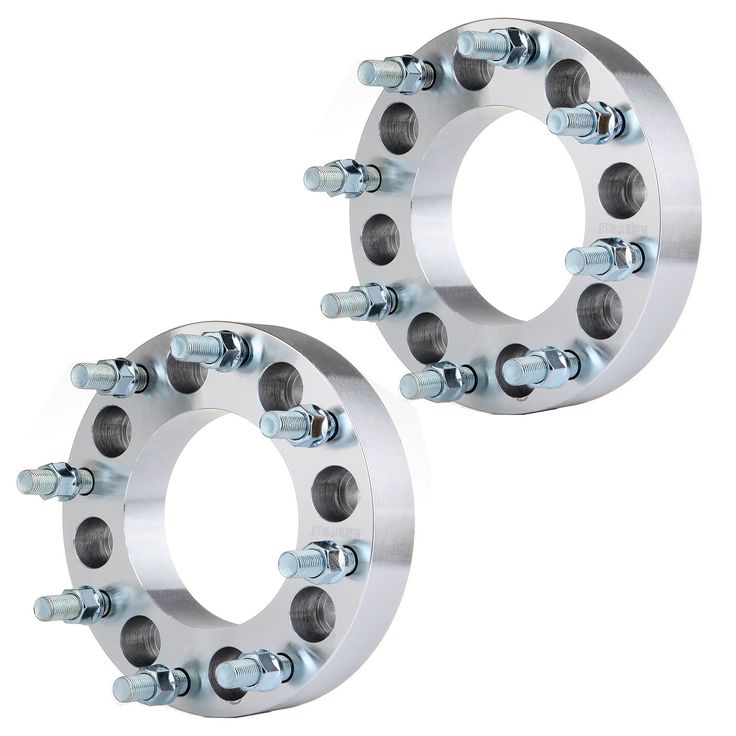 Among those pros are:
Among those pros are:
For off-road rigs, spacers are used to support big tires (taller, wider) that otherwise would not fit, or will rub inside the wheel wells, especially when turning. On four-wheel-drive, drag-race trucks, spacers allow racers to use wide slicks on the front for optimum traction.
Big BrakesMost aftermarket performance-brake upgrades feature large four-, or six-piston calipers. Using spacers to move wheels outward prevents there being any conflict they might have with wider-than-stock calipers.
Cheap and EasyContrary to shelling out big bucks for new (and probably custom) axles with the correct bolt pattern, or modifying a truck's wheel wells or fenders for sufficient clearance, wheel spacers or spacer/adapters are inexpensive, proven alternatives. For roughly $175 (and that's on the high side), a set of good-quality spacers can be purchased, and DIY installed in about the same amount of time it takes to change a flat.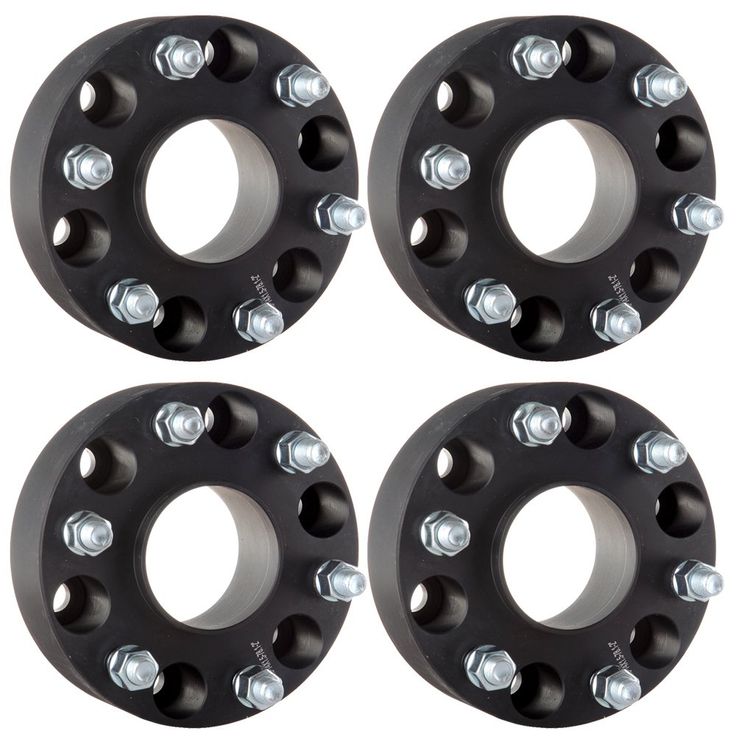
Naturally, there are negative aspects that also come with using wheel spacers. Among the drawbacks are:
Decreased Drivability: Installing spacers on a truck's front end actually increases the angle of the rig's scrub axis. This increase can result in the truck being somewhat harder to turn, especially at low speeds.
Poor Ride Quality: Ride quality also deteriorates with spacers in place, as the wider track can put a strain on suspension components, wheel studs, etc., eventually leading to their failure.
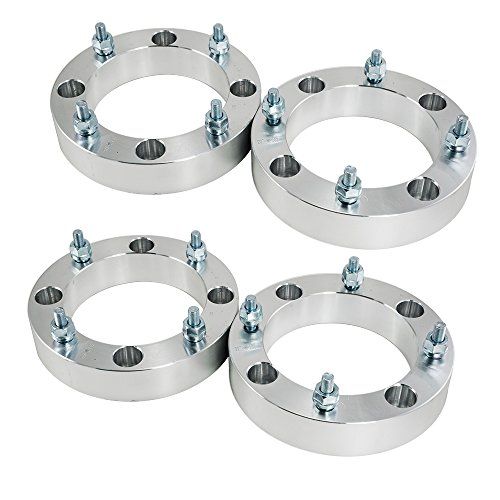 S. in 2022
S. in 2022Need to dial in your fitment a little bit more? Grab a set of wheel spacers and give your car the perfect fitment. Wheel spacers are mounted to your wheel hub behind your wheel and push it further out. These provide a great cost-effective way to improve the overall look of your new wheels!
Sort
Vehicle Info
Filters
Searching outside the recommended fitment range
Modification may be required to fit these wheels
×
The selected bolt pattern is different than the stock bolt pattern.
An adapter is required to make these wheels fit.
The stock bolt pattern is:
×
New Vehicle Search
Select Year. ..
..
Select Make.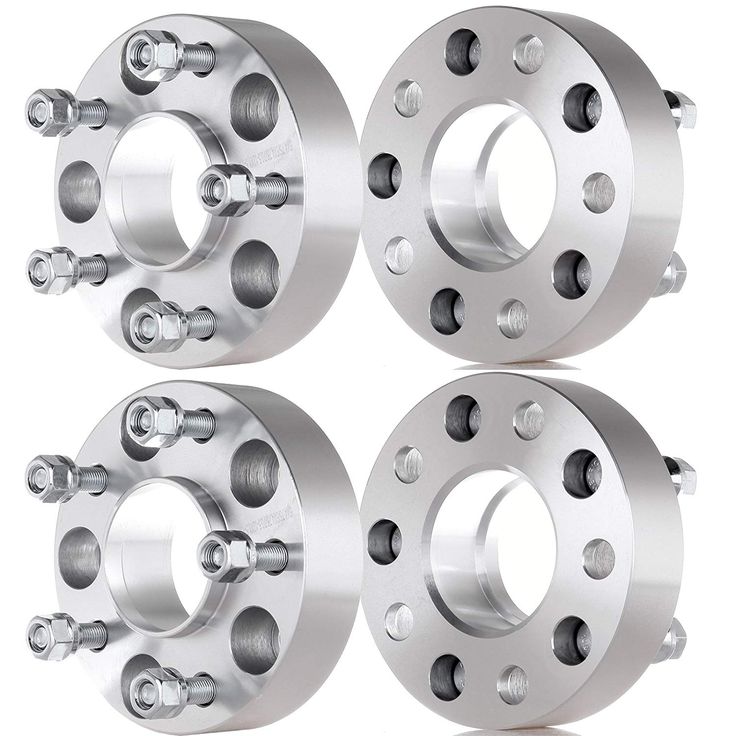 ..
..
Select Model...
Select Drive/Trim...
Search
Filter ×
Clear filters
View Results
Clear All
Sort by Popular×
Shop By
Need Help Getting Started? Call Our Experts at 920-363-6060
Page 1/3 Previous Next
Wheel spacers have become a fashionable element of car tuning today.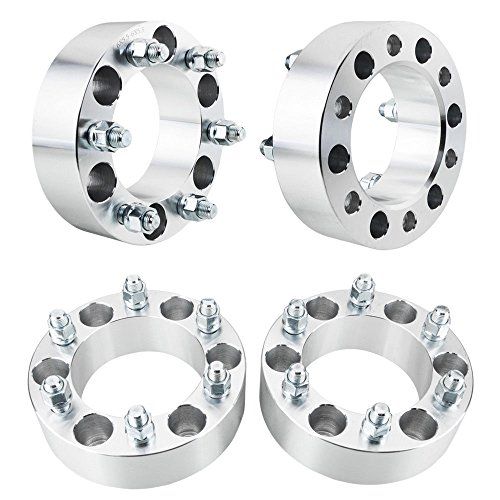 So much so that many put them without thinking about the consequences. Like, everyone has it, let me put it on myself. Meanwhile, this detail has a very specific purpose and in a good way should be used only when there is a need for it, and not by default, because spacers can be not only useful, but also quite specific harm. In this material, we have analyzed in which cases spacers can and should be used, and in which it is fraught with problems.
So much so that many put them without thinking about the consequences. Like, everyone has it, let me put it on myself. Meanwhile, this detail has a very specific purpose and in a good way should be used only when there is a need for it, and not by default, because spacers can be not only useful, but also quite specific harm. In this material, we have analyzed in which cases spacers can and should be used, and in which it is fraught with problems.
1. Other rims . We are willing to bet that the authors of the spacers came up with them in order to use them to install rims that do not normally fit the car. Any disk has strict parameters for the offset, and most importantly, for the number and location of the mounting bolts. You can’t install another disk, it won’t physically stand up, and this is where spacers come to the rescue. And sometimes you really want to install non-standard disks, for example, you really like some model of disks, but it is not produced for a specific type of car. Or even more prosaically - the wheels were left from the last car, I want to save money and not buy again for new sets of disks and rubber. This is where spacers can help.
Or even more prosaically - the wheels were left from the last car, I want to save money and not buy again for new sets of disks and rubber. This is where spacers can help.
They will not only adjust the offset to the factory one, but also change the bolt pattern. Many spacers are mounted in regular places, and allow you to screw the wheels already into their holes. It turns out a kind of hot dog, in which the role of the spacer is similar to the fate of the sausage, but this is a completely safe design. The difficulty is only in choosing the right spacer, so that, firstly, it fits the hub in terms of mounting, secondly, it matches the mounting dimensions of the new disks, and thirdly, it compensates for the difference in offset. Keeping all the parameters is not so easy. Often it is impossible to find suitable spacers, you have to turn to a turner to make them. But this is already other money and dubious reliability. However, if spacers with the desired characteristics were found, then you can use them without fear.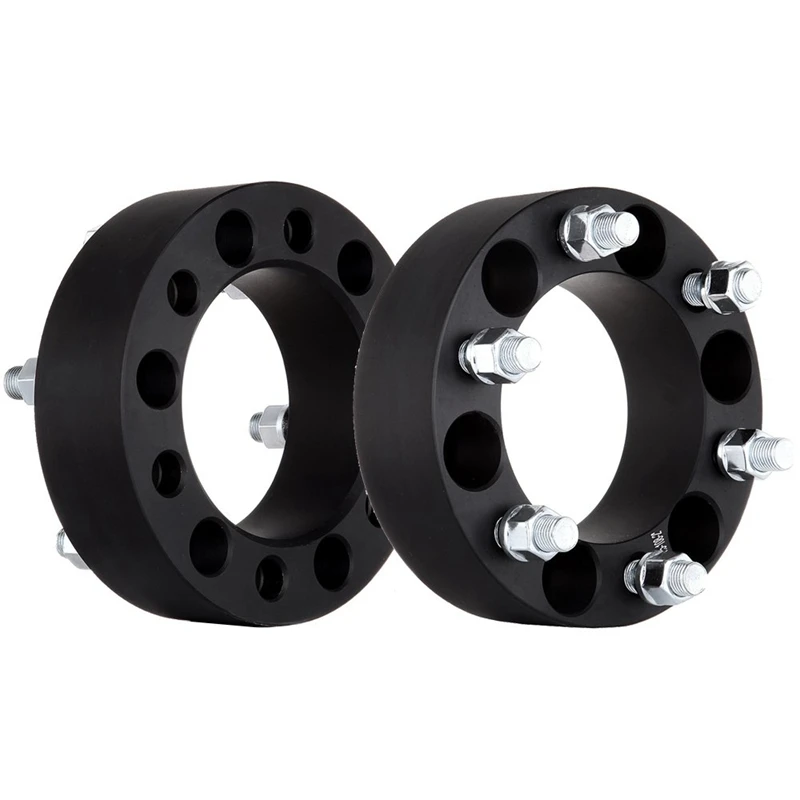
2. Track extension . Longer-reach spacers allow you to put the wheels wider than they used to be, which quite logically increases the track. In theory, this allows the car to increase stability on the road, reduce the likelihood of a rollover, and may slightly improve cross-country ability in some situations. Sometimes they talk about improving handling, but this is a moot point - changing the track can affect both positively and negatively, the problem is that no one has tested or tested a car with changed values. The standard version has been carefully tested by the manufacturer, but it is difficult to predict what the "homemade" ones will do. If you know exactly why you need to increase the track, then you can take such a step, but we would not recommend doing this without specific reasons.
Left - Skoda Octavia A7 with spacers, right - standard. In addition, shortened springs are installed on the white Octavia. 3. Improved appearance .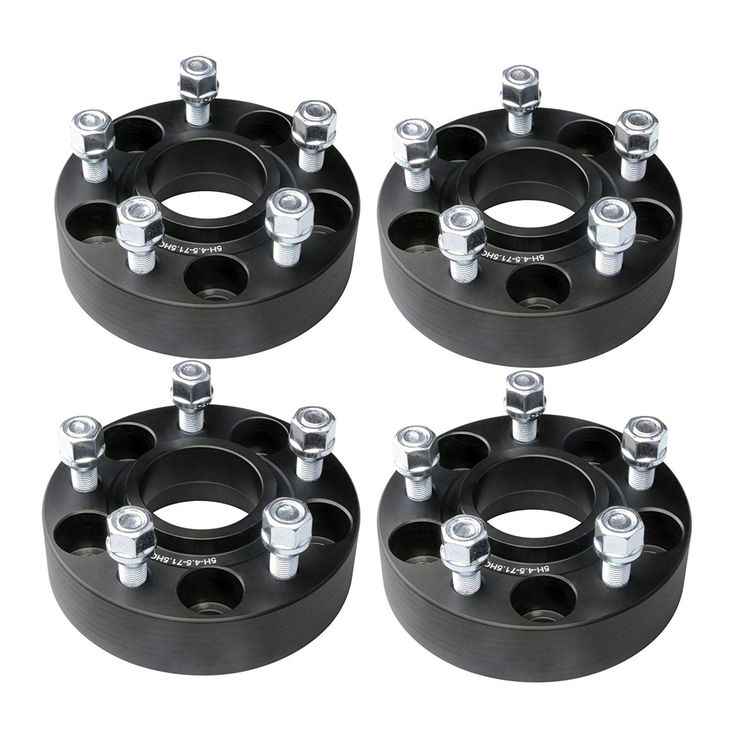 The design of the car is a purely individual thing, but a large number of motorists believe that rims protruding from the arches are beautiful. We will not comment, because how many people have so many opinions. But if you want to increase the reach of the wheels, then spacers are the easiest and cheapest way to do this. That is why spacers are so popular in the topic of autotuning - it is first of all cheap, and not everyone is angry or not.
The design of the car is a purely individual thing, but a large number of motorists believe that rims protruding from the arches are beautiful. We will not comment, because how many people have so many opinions. But if you want to increase the reach of the wheels, then spacers are the easiest and cheapest way to do this. That is why spacers are so popular in the topic of autotuning - it is first of all cheap, and not everyone is angry or not.
1. Suspension life reduction . Only in one situation, the spacers will not affect the suspension in any way - this is when non-standard disks are used on the car, and the spacers are selected in such a way that, together with the disk, they give the parameters that the regular wheels of the car had. Actually, in such a situation, nothing changes to distribute the load in the suspension. But this happens infrequently - as we wrote above, go find a spacer that is ideally suited in terms of parameters. Most often, the offset from using spacers changes and this makes the suspension feel bad.
Most often, the offset from using spacers changes and this makes the suspension feel bad.
Here even people who are far from physics will understand that the lever has increased, which means that all the loads in the suspension, not designed for the new geometry, have increased. The champs in reducing life when using the wrong spacers are wheel bearings. They break down on discs placed outside the arch with enviable regularity, but other elements also have a hard time - levers, steering tips, ball joints, their resource, although not so rapidly, is also declining. Those who install spacers “for beauty” should be aware that this beauty will have to be paid for with suspension repairs.
2. Sandblast from wheels . Usually, the installation of wheels in the arch by engineers is calculated so that dirt and sand do not fly from them to the body, because this has a very negative effect on corrosion resistance. Alas, even engineers manage to make mistakes in the calculations of this issue (hello to the developers of Renault Duster), while the installation of spacers that increase the wheel offset inevitably leads to such a problem.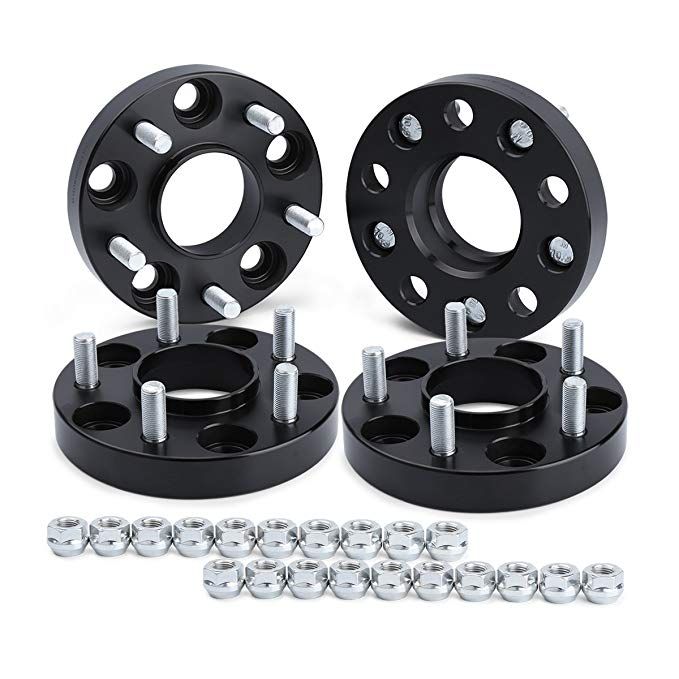 Sandblasting will clean the paint from the thresholds to bare metal, form pockets of corrosion and leave chips from stones along the entire sidewall of the body.
Sandblasting will clean the paint from the thresholds to bare metal, form pockets of corrosion and leave chips from stones along the entire sidewall of the body.
We agree that it is partly possible to deal with the negative consequences by installing arch extensions or non-standard mudguards, but this, firstly, additional expenses and efforts, and secondly, it does not always help.
3. Changing the behavior of the car . We already wrote above that it is difficult to talk about controllability using spacers in advance, but some parameters will almost certainly worsen, namely, the force on the steering wheel and the turning radius will almost inevitably increase. The first factor can be critical for cars that are not equipped with power steering, the second is negative for those who often have to maneuver in narrow streets or yards. Yes, probably, the deterioration will not be catastrophic, but all the same, this factor is also added to the piggy bank of negativity.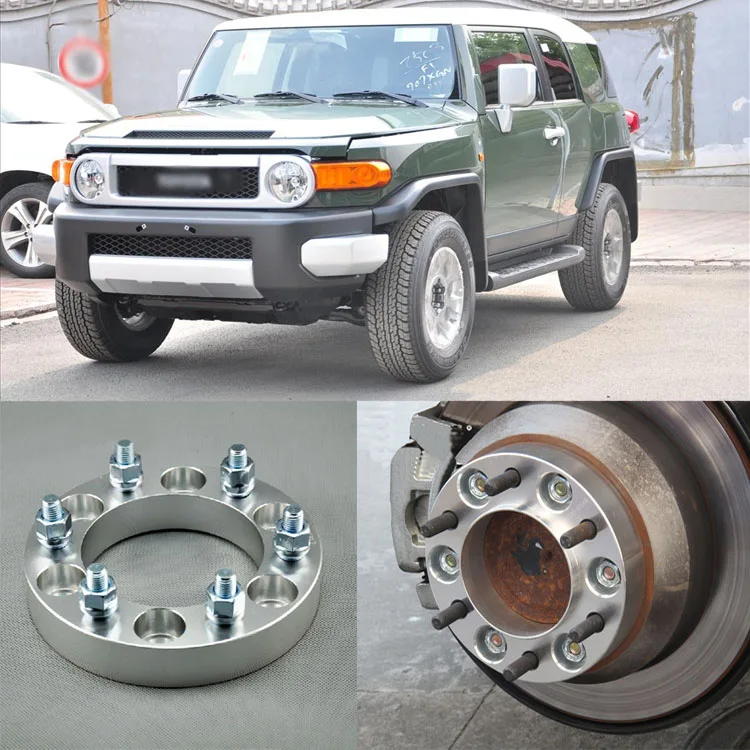
4. Reliability of the spacer . Among other things, it is also worth remembering that the spacer is an additional component of the suspension, with which there may also be problems - a common law of physics: the more elements in the mechanism, the higher the probability of breakage. What can break in a spacer when it's actually a pancake made of metal? And it itself can burst, and the thread can collapse, and the mounting holes “break”, but you never know, because there are a lot of cheap products from China or independent “crafts” on the market in artisanal conditions and not inappropriate equipment. The probability that something can happen to the spacer on the road, of course, is not great, but still it is not zero, such negative cases are known.
In general, we don't really understand the increased popularity of automotive spacers. Purely technically, they perform a very specific and not the most common function - the installation of non-standard disks while maintaining the parameters of the standard wheel, and in this sense they are good and convenient.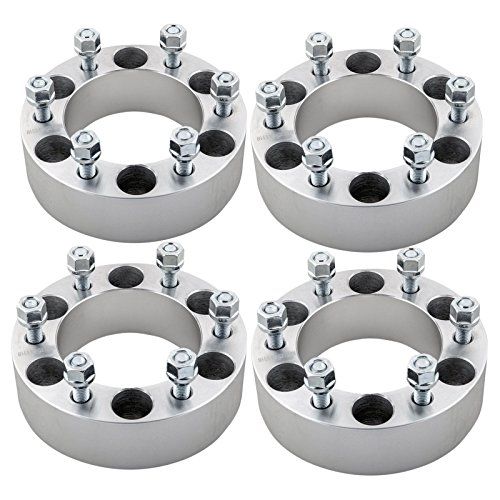 But the use of spacers for tuning with a dubious gain in appearance entails a number of very specific problems - a decrease in the reliability, comfort and controllability of the car. Is it worth the "show-offs" and the illusory improvement in styling? In this formulation, the question seems to us rhetorical.
But the use of spacers for tuning with a dubious gain in appearance entails a number of very specific problems - a decrease in the reliability, comfort and controllability of the car. Is it worth the "show-offs" and the illusory improvement in styling? In this formulation, the question seems to us rhetorical.
Filter
Thickness All35810121520253035
Razbolt All4x98-5x1205x1085x1125x112-5x1005x114.35x1205x120-5x1085x1306x139.7
Inner diameter Universal57.160.163.364.165.166.166.667.170.571.672.674.184.195.1106.1
Outer diameter Universal57.160.163.364.165.166.166.667.170.571.672.674.184.195.1106.1
Warehouse VseGogolya
Spacers for discs (adapters, spacers, adapters) are used in cases where it is necessary to change the offset of the disc. Very often, alloy wheels for tuning may not be suitable for a car due to their x-factor, resting on the brake calipers of the car.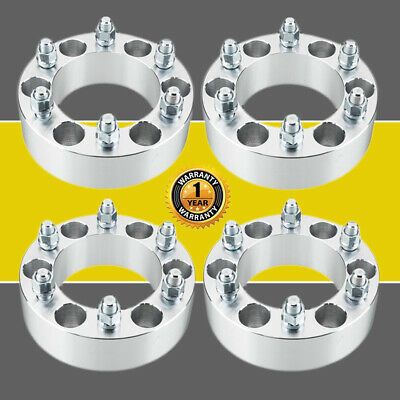 Then there is a need to buy spacers to increase the departure (removal). A spacer plate is installed between the disc and the hub (they come in different thicknesses), while the overhang (ET) of the disc is reduced by an amount equal to the thickness of the plate. This allows the disc to be pulled out and the spokes of the cast disc away from the brake elements. There are also adapters that correct the factory bolt pattern so that you can install new disks with different parameters.
Then there is a need to buy spacers to increase the departure (removal). A spacer plate is installed between the disc and the hub (they come in different thicknesses), while the overhang (ET) of the disc is reduced by an amount equal to the thickness of the plate. This allows the disc to be pulled out and the spokes of the cast disc away from the brake elements. There are also adapters that correct the factory bolt pattern so that you can install new disks with different parameters.
You can buy wheel spacers that meet all the necessary requirements online: they are sold by various online stores and official websites of manufacturers that give a guarantee for the goods. This option will be more promising because of the opportunity to save time and money: you can study the range, features of a particular option, reviews at any convenient time. Thanks to a loyal commercial policy, the price will be affordable. That is why the search for fasteners, accessories online is a universal solution.
Advantages offered by modern production:
It is important to understand that with a large thickness of the spacer plate, the length of the bolt / stud thread may not be enough to properly fix the disc on the hub. This problem is solved by using longer bolts (replacing the studs with longer ones). In any case, for reliable fixation of the wheel disk, the number of full turns of the disk nut or bolt must be at least 5-6.
Types of original car spacers, depending on the purpose of installation, are divided into several options that differ in size, thickness, design features and features of attachment to the car hub. Spacers to increase the offset on light-alloy (aluminum), cast (cast and titanium), forged wheels differ in their functional features. Their quality, as well as the quality of disk products, must be high. If necessary, there is a custom-made option, although this solution will cost more.
If necessary, there is a custom-made option, although this solution will cost more.
When buying, the metal or alloy from which the plates are made will not be unimportant: it can be steel, anodized aluminum, there are also duralumin. As a rule, drivers buy 4 spacers in a set - for installation on the front and rear wheels. Depending on the desired result and the functions performed, there is a small classification of spacers. Our catalog contains four types of automotive shims, among which you can choose exactly the ones you need: for installing non-standard discs and changing drilling, special plates for offset correction and central lugs. For convenience, it is proposed to look at the photo and get acquainted with the technical characteristics of the goods - the thickness of the plate, the diameter of the central hole (tso), the recommended thread length of the fasteners.
Option 1
Spacer rings 3-10 mm thick. Structurally, they are made without a hub for the wheel disk, since the thickness of the spacer is sufficient to center the cast disk on the standard hub of the machine.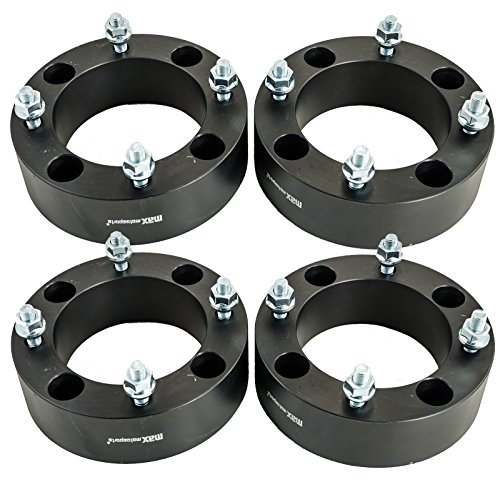 As practice shows, the hairpin length or standard bolts are enough to install this option. The main purpose of this group is the installation of alloy wheels, which, during normal installation, touch the brake calipers, and it also becomes possible to fit wider tires.
As practice shows, the hairpin length or standard bolts are enough to install this option. The main purpose of this group is the installation of alloy wheels, which, during normal installation, touch the brake calipers, and it also becomes possible to fit wider tires.
Option 2
Wheel spacers 12-20 mm thick. Structurally, they are already made with a hub for a rim. This allows you to center the disc and eliminate the beating when the car is moving. The main purpose of this option is to give the car an aggressive look by expanding the wheelbase and increasing the track of the car (hence the name - track expanders). Also, this option allows you to avoid the effect of "drowned" wheels when installing a sports body kit and wheel arch extensions. Drivers of SUVs and jeeps often use such spacers for their cars.
Option 3
Hub spacers 20-30 mm thick. The design feature of this group is the presence of metal studs in the body of the spacer. The installation procedure for this design: first, a spacer is mounted to the hub with special fasteners, and then the rim is attached directly to the spacer.